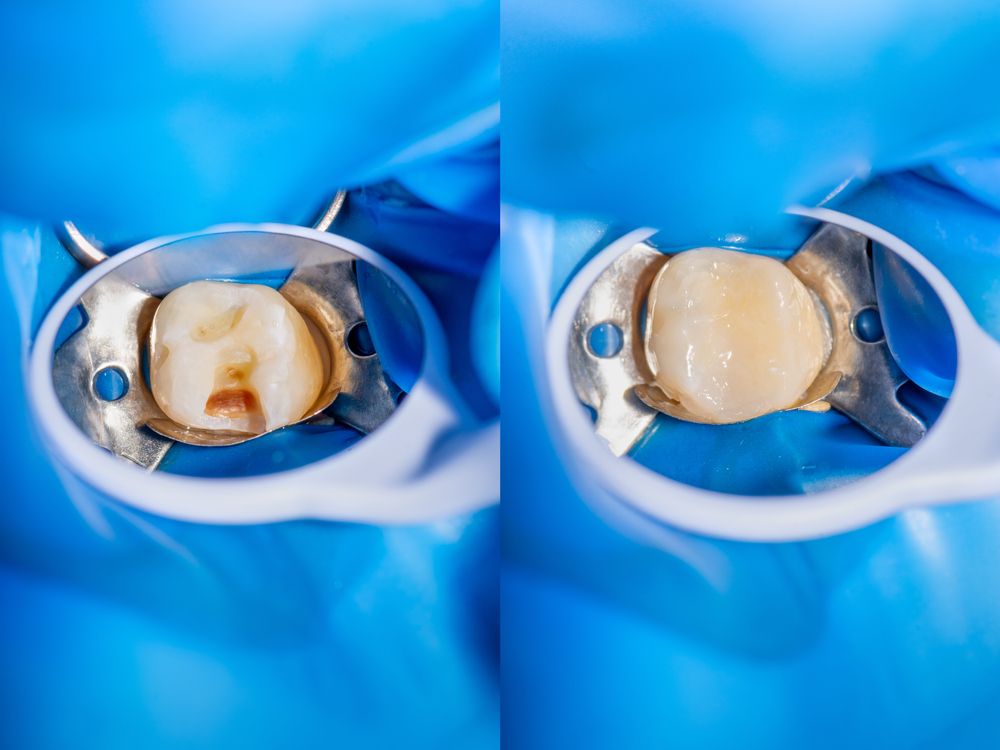Orthodontic treatments, such as braces and aligners, have become a staple in dental care, but there are still many myths and misconceptions surrounding them. It’s important to clear up these misunderstandings to ensure people have the correct information when considering orthodontic treatment. Let’s tackle some of these myths.
Myth 1: Orthodontics is Only for Cosmetic Purposes
Truth: While orthodontic treatments certainly improve the appearance of your smile, they serve a more significant purpose. Proper alignment of teeth and jaws can prevent a range of dental problems, including uneven wear on the teeth, difficulty in cleaning, gum disease, and even problems with speaking and chewing. Overall, orthodontic treatment has both cosmetic and oral health benefits.
Myth 2: Orthodontic Treatments are Extremely Expensive
Truth: The cost of orthodontic treatments has become more manageable over the years, with various payment plans and insurance options available. It’s also worth considering the long-term savings on potential dental issues that can arise from misaligned teeth.
Myth 3: Braces are Only for Kids and Teenagers
Truth: There’s no age limit for orthodontic treatments. Adults too can benefit from braces or aligners. With advancements in orthodontic options, like clear aligners and lingual braces, treatments have become more discreet, encouraging more adults to seek orthodontic care.
Myth 4: Traditional Metal Braces are the Only Effective Treatment

Truth: While traditional metal braces are a proven method, they are not the only effective option. Technologies like clear aligners, ceramic braces, and lingual braces offer comparable results with the added benefits of aesthetics and comfort. While some complex cases may require the use of traditional braces, most cases can be completed using an alternative method.
Myth 5: Orthodontic Treatment Takes Many Years to Complete
Truth: The duration of orthodontic treatment varies based on individual needs. Many patients complete their treatment within 1 to 3 years, with 18 months being the average treatment time. Moreover, advancements in orthodontic technology have led to more efficient treatments, reducing the time needed to achieve desired results.
Myth 6: Orthodontic Treatment is Painful and Uncomfortable
Truth: Modern orthodontic procedures are designed to minimize discomfort. While there may be some initial discomfort when braces are first applied or adjusted, it is usually temporary and manageable with simple pain relief methods.
Myth 7: Once Treatment is Over, No Further Care is Needed
Truth: Post-treatment care is essential to maintain the results achieved through orthodontic treatment. Retainers are often necessary to keep teeth in their new positions, and regular dental check-ups are important to ensure long-term oral health. Oftentimes, one can expect to wear a retainer full-time for a period of time, then transition to only wearing it at night. However, regular retainer use is an important part of keeping your new smile.
Conclusion
Orthodontic treatments have evolved significantly, offering various options to suit different needs and lifestyles. By debunking these myths, we hope to provide clearer insights into orthodontic care and its benefits. If you’re considering orthodontic treatment, consult with an orthodontist to explore the best options for your unique situation and to understand what you can realistically expect from the treatment. Remember, it’s not just about a beautiful smile; it’s about a healthier one too!






